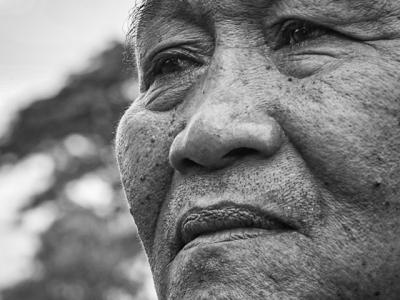La memoria autobiografica tra passato e presente: aspetti psicoforensi

Abbonati per avere accesso illimitato a tutti i contenuti Premium.

Abbonati per avere accesso illimitato a tutti i contenuti Premium.

La pubblicazione di contributi, approfondimenti, articoli e in genere di tutte le opere dottrinarie e di commento (ivi comprese le news) presenti su Filodiritto è stata concessa (e richiesta) dai rispettivi autori, titolari di tutti i diritti morali e patrimoniali ai sensi della legge sul diritto d'autore e sui diritti connessi (Legge 633/1941). La riproduzione ed ogni altra forma di diffusione al pubblico delle predette opere (anche in parte), in difetto di autorizzazione dell'autore, è punita a norma degli articoli 171, 171-bis, 171-ter, 174-bis e 174-ter della menzionata Legge 633/1941. È consentito scaricare, prendere visione, estrarre copia o stampare i documenti pubblicati su Filodiritto nella sezione Dottrina per ragioni esclusivamente personali, a scopo informativo-culturale e non commerciale, esclusa ogni modifica o alterazione. Sono parimenti consentite le citazioni a titolo di cronaca, studio, critica o recensione, purché accompagnate dal nome dell'autore dell'articolo e dall'indicazione della fonte, ad esempio: Luca Martini, La discrezionalità del sanitario nella qualificazione di reato perseguibile d'ufficio ai fini dell'obbligo di referto ex. art 365 cod. pen., in "Filodiritto" (https://www.filodiritto.com), con relativo collegamento ipertestuale. Se l'autore non è altrimenti indicato i diritti sono di Inforomatica S.r.l. e la riproduzione è vietata senza il consenso esplicito della stessa. È sempre gradita la comunicazione del testo, telematico o cartaceo, ove è avvenuta la citazione.